A sliding window is a window that opens horizontally by sliding along a track. It offers easy operation, space-saving design, and is ideal for areas with limited space.
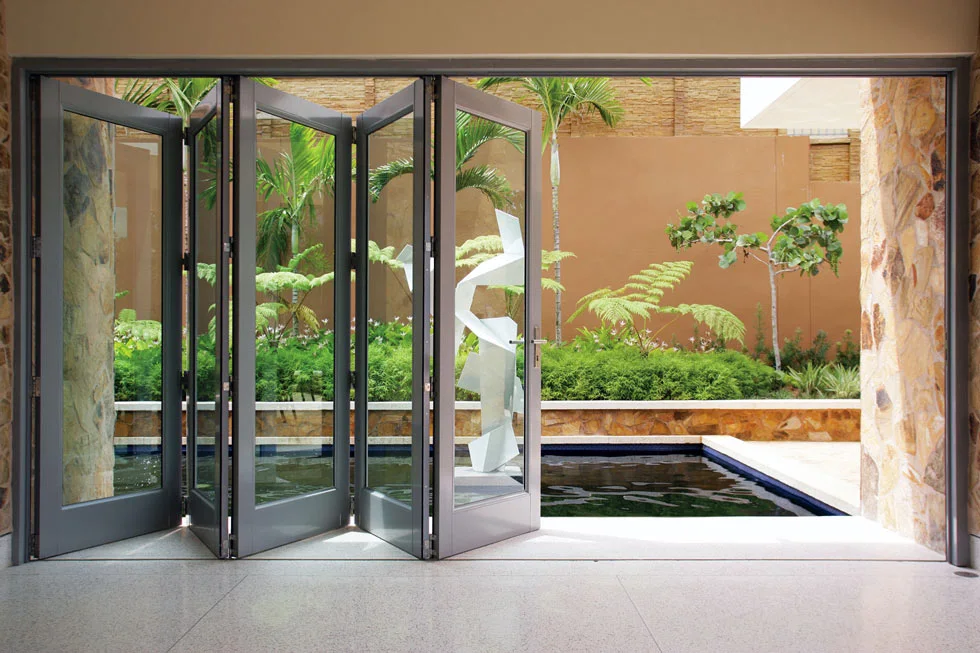
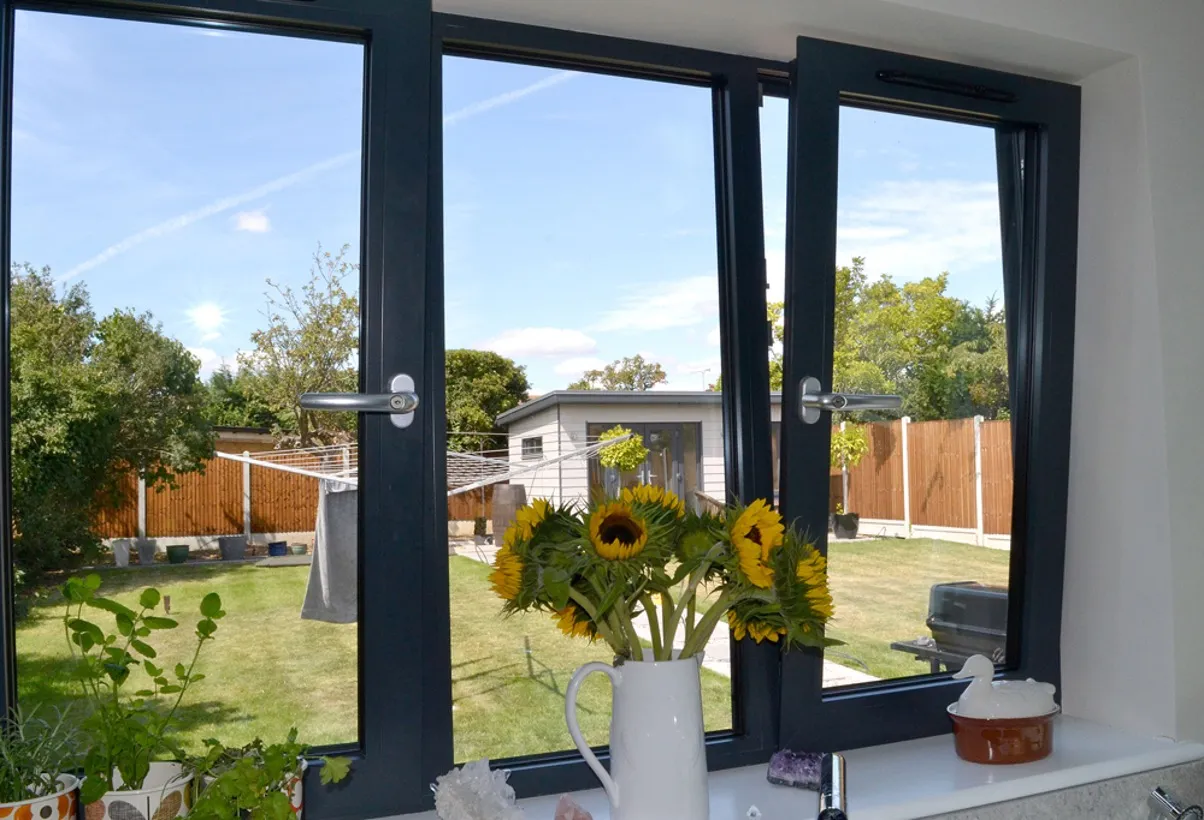


A sliding window is a window that opens horizontally by sliding along a track. It offers easy operation, space-saving design, and is ideal for areas with limited space.

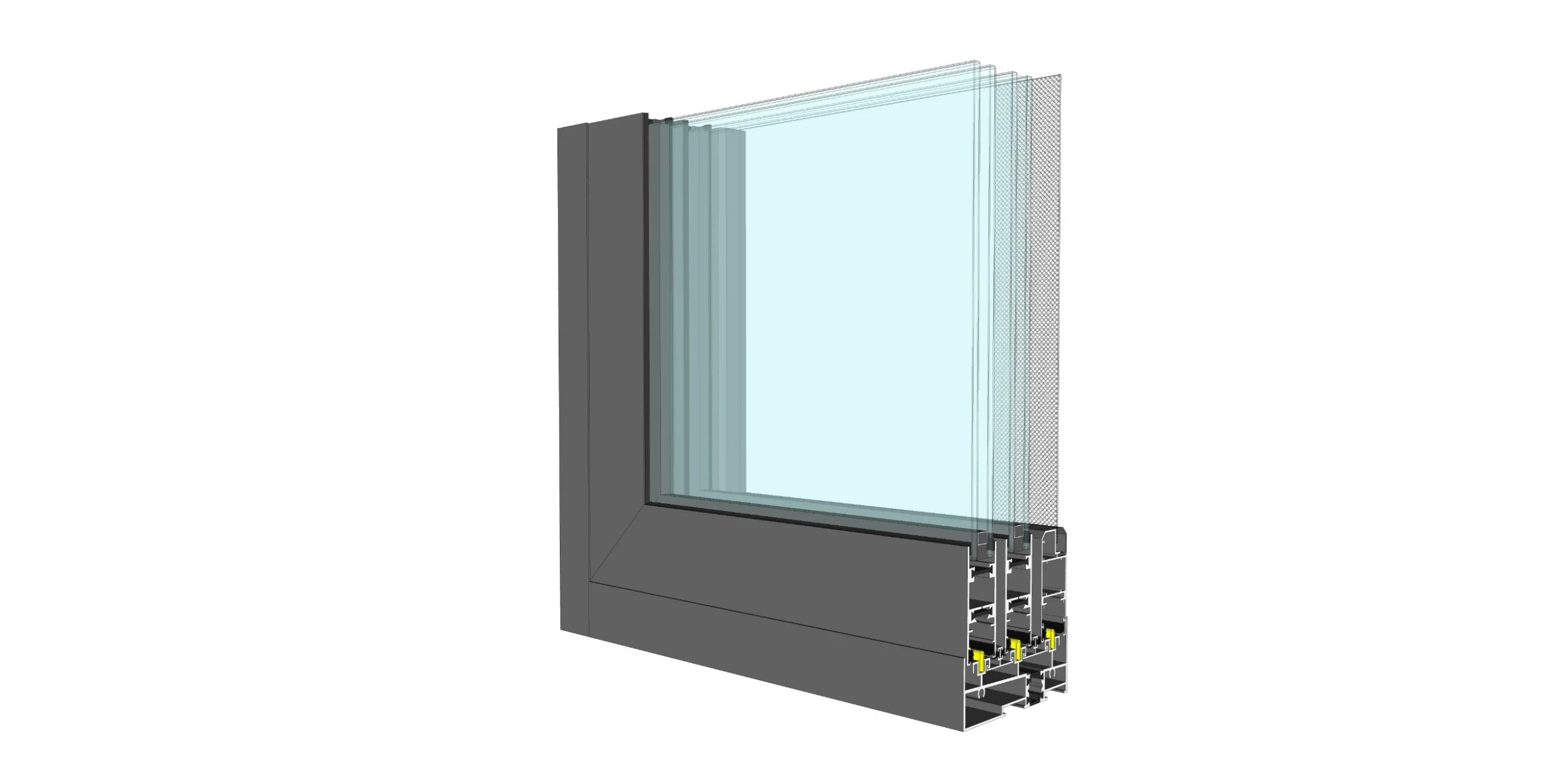
Sliding Window System | Visible Surface | Section Profile Thickness | Size Range | Maximum Load-Bearing | |
152 Series | Glass Sash|Flyscreen sash | Wall Thickness | Frame Thickness | Width|Height(mm) |
60kg |
30mm|22mm | 1.5mm | 152mm | 1200|1500 | ||
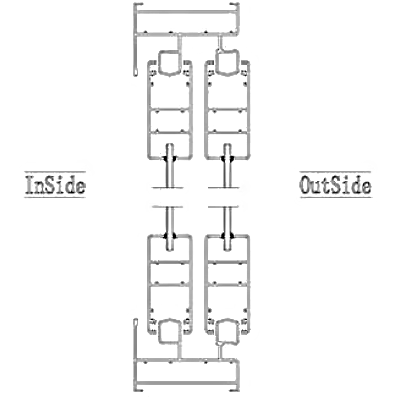
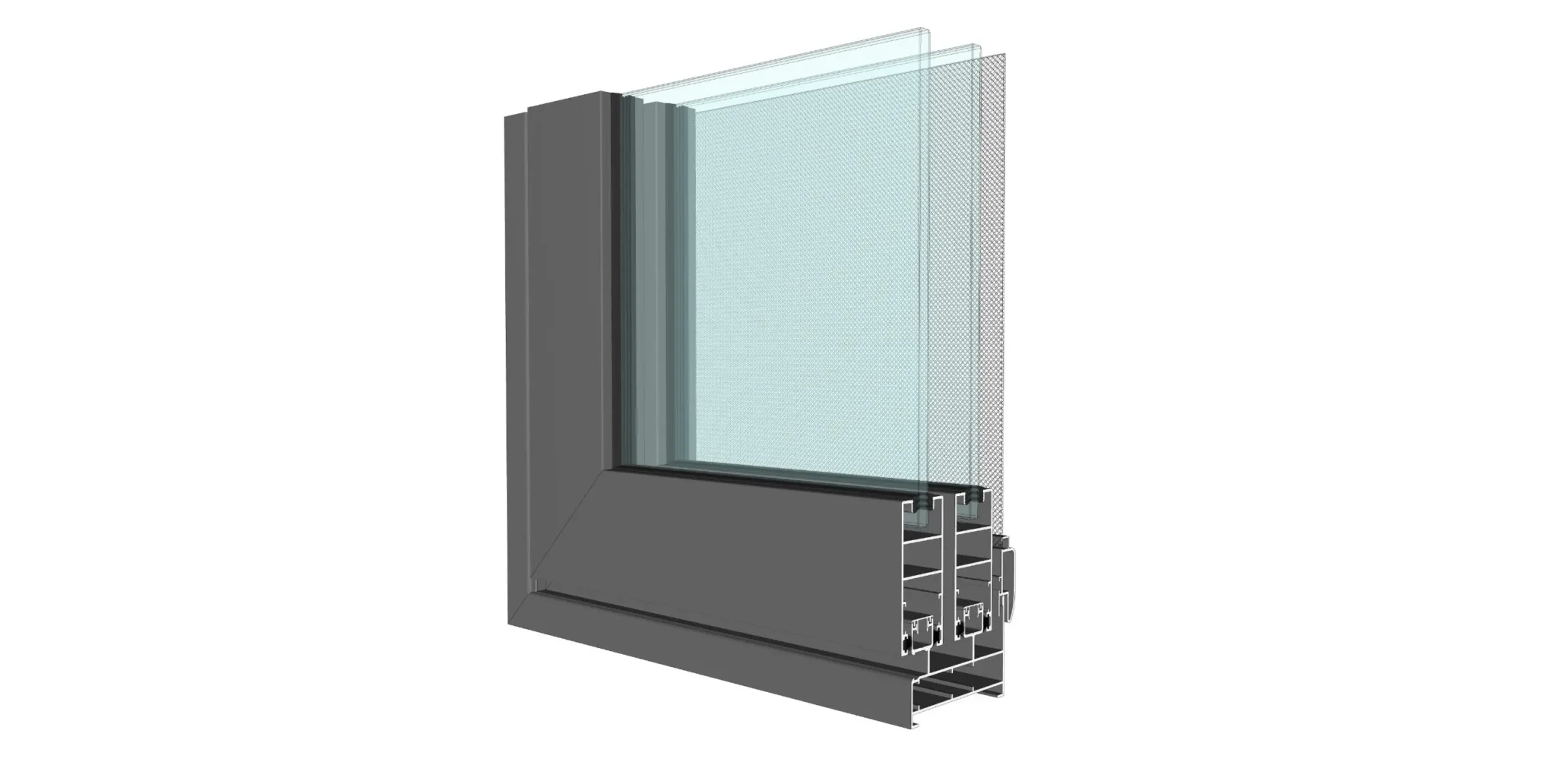
Sliding Window System | Visible Surface | Section Profile Thickness | Size Range | Glass Thickness | Maximum Load-Bearing | |
76 Series | Glass Sash|Flyscreen sash | Wall Thickness | Frame Thickness | Width|Height(mm) |
5+9+5 |
40kg |
72mm|48mm | 1.4mm | 76mm | 1500|2200 | |||
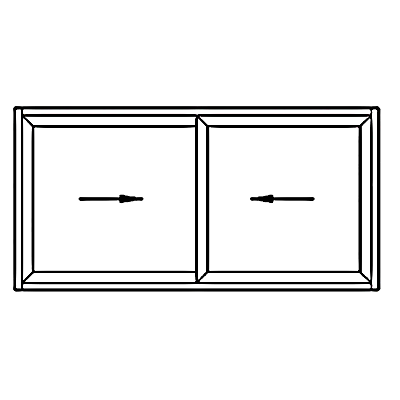
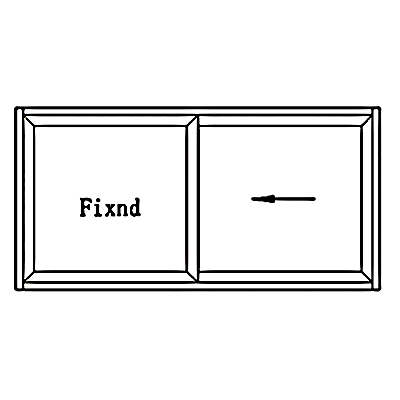

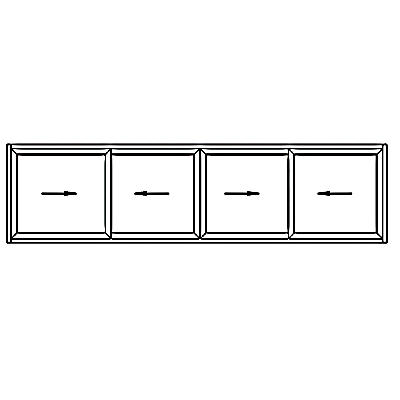
We rigorously evaluate sliding windows to ensure durability, smooth operation, and energy efficiency, guaranteeing reliable performance and long-lasting quality in various conditions.

Enable seamless operation, improve stability, ensure long-lasting durability, and support the effective performance of sliding window systems.
To install Sliding Windows, follow the steps below:
Use packers to level the window sill for proper alignment.
Position exterior flashing securely before placing the window frame.
Fit window tightly into the packed opening and secure it.
Set a 10mm reveal for Gyprock, ensuring a precise fit.
Pack and secure the opposite side of the window for stability.
Place head flashing above the window to ensure weather protection.

Sliding windows are generally cost-effective compared to other window types, particularly when considering installation and material costs. They offer good value due to their simple design, ease of operation, and lower maintenance requirements.
Yes, sliding windows are suitable for high-rise buildings. Their horizontal operation is ideal for windy conditions, and they are often designed with reinforced frames and secure locking mechanisms to withstand strong winds and pressure.
Single-pane sliding windows have one layer of glass, offering basic insulation. Double-pane sliding windows feature two layers of glass with an insulating gas layer in between, providing enhanced thermal efficiency, sound insulation, and energy savings.
Sliding windows generally require less maintenance than other window types due to their simple design. However, it’s important to keep tracks and rollers clean and lubricated to ensure smooth operation and prevent wear over time.
Sliding windows with double-pane glass and proper seals offer good sound insulation, reducing external noise. While they may not be as effective as some other types, they can significantly improve the acoustic comfort of a space.



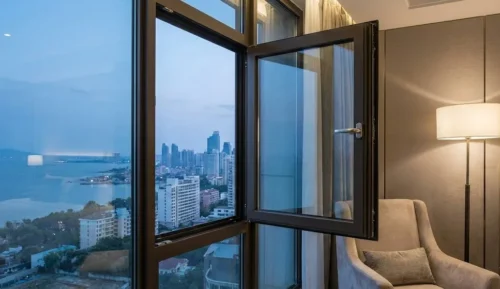
Guide to commercial aluminium casement windows (A80T). Covers NFRC ratings, hotel specs, installation & energy efficiency for high-rises.

Guide to tilt and turn aluminum windows for hotels. Covers Herkimer case study, EN 14351-1 specs, and safety ROI for developers.
![gray door with silver handle sign that says no - Are Aluminum Doors Better Than Upvc? [November 2025] - APRO gray door with silver handle sign that says no](https://aprowin.com/wp-content/uploads/2024/09/gray-door-with-silver-handle-sign-that-says-no-500x280.webp)
Compare aluminium and uPVC doors based on durability, cost, energy efficiency, and style. Discover which material best suits your home or business.
![Sliding glass doors opening to a poolside view in a living room - How Much Does a Door Cost? Door Installation Guide [2025] - APRO Sliding glass doors opening to a poolside view in a living room](https://aprowin.com/wp-content/uploads/2024/11/Sliding-glass-doors-opening-to-a-poolside-view-in-a-living-room-500x328.webp)
Discover door installation costs. Explore factors that affect pricing, including type, material, labor, and installation costs for interior, exterior doors.
![Living room with sliding glass doors leading to a balcony - Standard Door Sizes: Essential Guide for Homeowners [2025] - APRO Living room with sliding glass doors leading to a balcony](https://aprowin.com/wp-content/uploads/2024/11/Living-room-with-sliding-glass-doors-leading-to-a-balcony-500x333.webp)
Learn about standard door sizes for interior, exterior doors, including width, height, and thickness. Find out what fits your home’s needs with helpful sizes.
![Two garage doors with windows and overhead door mechanism - How to Adjust Garage Door Springs: Easy Guide [2025] - APRO Two garage doors with windows and overhead door mechanism](https://aprowin.com/wp-content/uploads/2025/02/Two-garage-doors-with-windows-and-overhead-door-mechanism-500x320.webp)
Learn how to adjust garage door springs safely with our step-by-step guide. Identify the type of spring and follow expert tips for smooth operation.
WhatsApp us